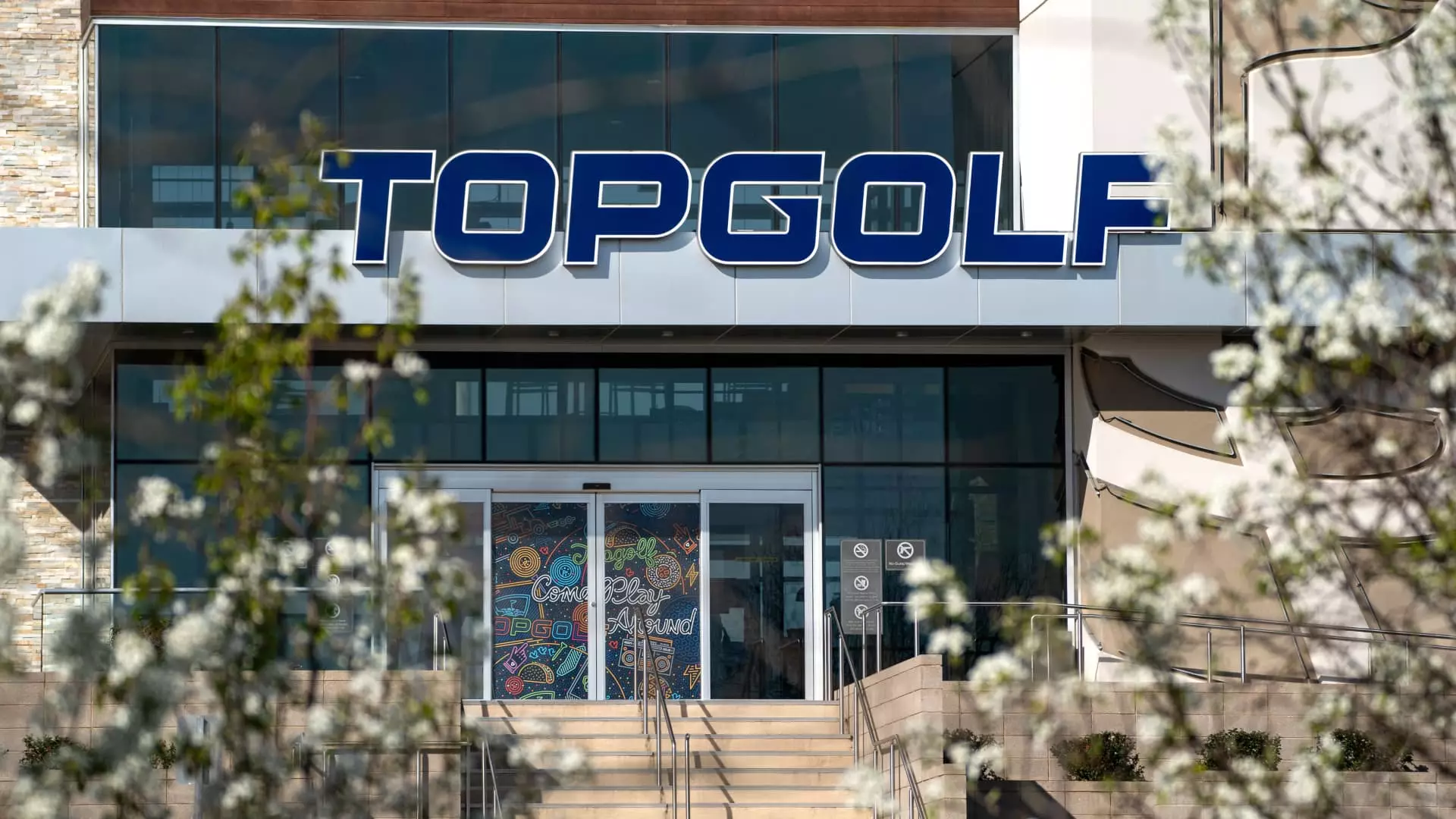On a day that surprised many in the investment community, Topgolf Callaway Brands’ stocks soared nearly 15%, marking its highest valuation since mid-May. The catalyst for this unexpected surge was the notable acquisition of $2.5 million worth of shares by Adebayo Ogunlesi, a seasoned corporate leader with a background that does more than just meet the eyes of Wall Street analysts. This high-profile purchase shines as a beacon of potential in a company grappling with authentic challenges, raising questions about whether Ogunlesi’s optimistic view is genuinely warranted or simply a gamble within an unpredictable market.
Ogunlesi’s credentials are certainly impressive. As the founding partner and CEO of Global Infrastructure Partners, his name is associated with substantial financial maneuvers, underscored by a $12 billion acquisition by BlackRock last year. Now part of BlackRock’s board and a member of OpenAI’s governance, Ogunlesi’s stature makes his confidence in Topgolf Callaway quite notable. However, this company’s journey has been anything but linear; even with this recent spike, Topgolf Callaway’s market performance has been woeful, reflecting a staggering 50% drop over the past year alone.
The Weight of Corporate Actions
This event compels us to consider the role corporate actions play in influencing stock performance. Buying shares is often portrayed as an implicit signal of confidence in a company’s future prospects; however, the reality is far more nuanced. If executives believe the company is on a path to recovery, they might indeed be putting their money where their mouth is. Conversely, it can also suggest a desperate hope that they can rally the confidence of other investors. The question arises: is Ogunlesi’s action a bold affirmation of a budding turnaround or simply an act of self-preservation amidst an uncertain corporate atmosphere?
Furthermore, it’s crucial to contextualize these investments. There’s a tangible fear that, despite a high-profile board member expressing belief in the brand, Topgolf Callaway might still be deeply entrenched in its trajectory of decline. After all, the firm’s stock has plummeted approximately 60% since Ogunlesi’s last purchase in June 2023. Investors must tread carefully; the notion that one beneficial acquisition can resurrect a company rooted in ongoing financial troubles is fraught with risks.
Apparel, Equipment, and a Stale Brand Image
What exacerbates the situation is the brand’s struggling reputation in both sports entertainment and equipment markets. In an industry where innovation and agility are paramount, is Topgolf Callaway even remotely in the running? The acquisition of Topgolf was supposed to synergize growth in golfing entertainment, yet the contrary has largely been experienced. As the industry has evolved, brand image can become tarnished swiftly—what was once a promising merger now looks like a precarious investment.
While Ogunlesi’s purchase is strategic, how far does that confidence extend? The brand must not just survive; it must thrive against an onslaught of competitors ready to capitalize on its weaknesses. The essential question remains: is Topgolf Callaway merely a promising idea slowly fading away, or can it embrace its potential for real rejuvenation? As investors navigate these tumultuous waters, the stakes could not be higher—not just for the board members but for every individual who sees a balance sheet that appears increasingly dreary.

